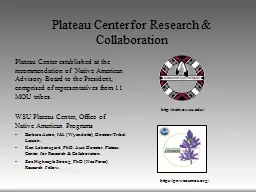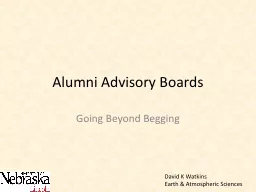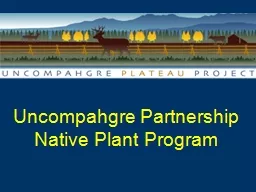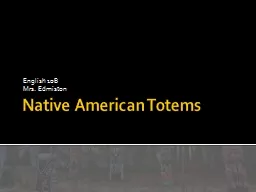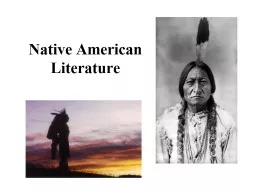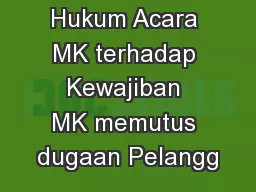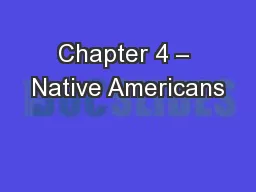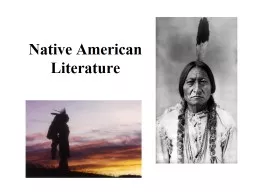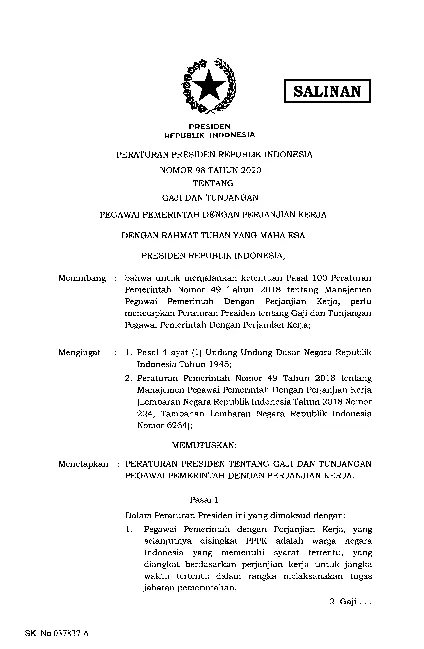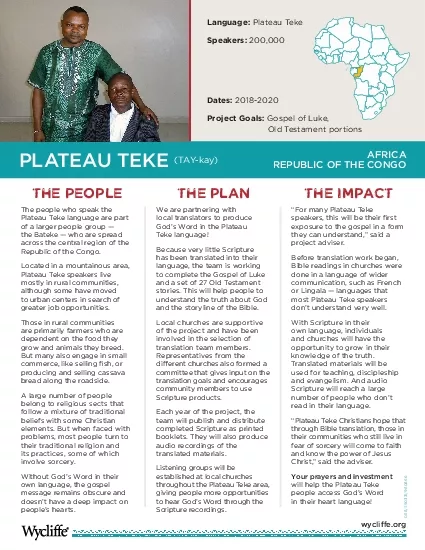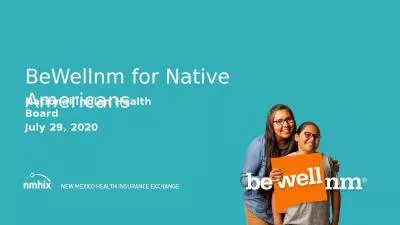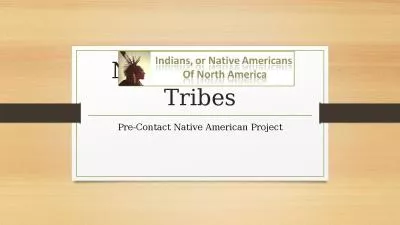PPT-Plateau Center established at the recommendation of Native American Advisory Board to
Author : lindy-dunigan | Published Date : 2018-11-02
WSU Plateau Center Office of Native American Programs Barbara Aston MA Wyandotte DirectorTribal Liaison Ken Lokensgard PhD Asst Director Plateau Center for Research
Presentation Embed Code
Download Presentation
Download Presentation The PPT/PDF document "Plateau Center established at the recomm..." is the property of its rightful owner. Permission is granted to download and print the materials on this website for personal, non-commercial use only, and to display it on your personal computer provided you do not modify the materials and that you retain all copyright notices contained in the materials. By downloading content from our website, you accept the terms of this agreement.
Plateau Center established at the recommendation of Native American Advisory Board to: Transcript
Download Rules Of Document
"Plateau Center established at the recommendation of Native American Advisory Board to"The content belongs to its owner. You may download and print it for personal use, without modification, and keep all copyright notices. By downloading, you agree to these terms.
Related Documents

